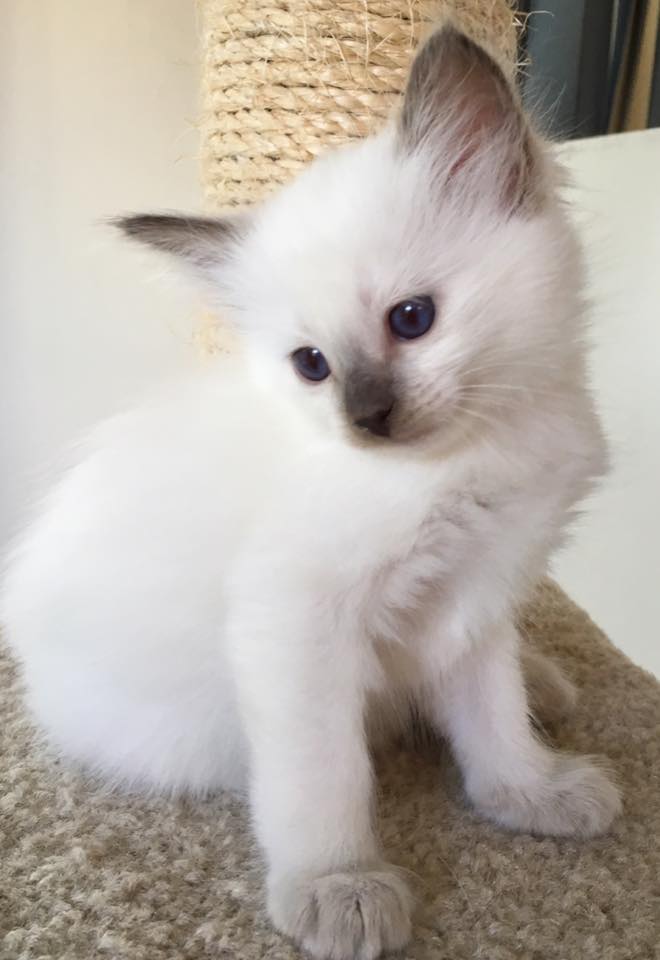The Balinese cat, often overshadowed by flashier breeds in the exotic pet world, quietly offers one of the most rewarding companionship experiences available to discerning cat lovers. With its elegant appearance, high intelligence, and emotionally intuitive nature, the Balinese is more than just a pretty face, it’s a breed that adapts seamlessly to diverse lifestyles and cultures, making it an ideal choice for a global audience seeking depth, connection, and charm in a feline companion.
Originating as a long haired mutation of the Siamese, the Balinese cat was selectively bred for its silky coat and refined features, but what truly sets it apart is its cognitive and emotional sophistication. Unlike many breeds that rely on aloof independence, the Balinese thrives on interaction. It’s known to form deep, lasting bonds with its humans, often following them from room to room, engaging in vocal conversations, and responding to emotional cues with surprising accuracy. This makes it particularly appealing to individuals who value emotional reciprocity in their pets, whether they’re solo travelers, remote workers, or families with children.
What’s less commonly discussed is the breed’s adaptability across cultures and climates. Balinese cats are remarkably resilient and can acclimate to both urban apartments and rural homes, provided they receive adequate stimulation and affection. Their intelligence isn’t just anecdotal; studies in feline cognition suggest that breeds like the Balinese, which exhibit strong problem solving skills and social learning behaviors, are capable of understanding routines, anticipating actions, and even mimicking human gestures. This makes them ideal for owners who enjoy training, enrichment activities, or simply having a pet that feels more like a partner than a passive presence.
From a health perspective, Balinese cats benefit from a relatively robust genetic profile. While they share some predispositions with their Siamese ancestors, such as dental sensitivity or respiratory quirks, their longer coat and selective breeding have contributed to a more balanced physiology. Regular grooming is minimal due to the fine texture of their fur, and their energy levels remain consistent well into adulthood, offering years of active companionship without the volatility seen in more temperamental breeds.
Culturally, the Balinese cat has begun to gain traction in regions where emotional intelligence in pets is increasingly valued. In Japan, for instance, where pet human bonding is often ritualized, the breed’s communicative nature aligns well with local expectations. In Scandinavian countries, where minimalism and emotional depth are prized, the Balinese’s quiet elegance and intuitive behavior make it a natural fit. Even in parts of Africa and South America, where pet ownership is evolving alongside urbanization, the breed’s adaptability and low maintenance grooming offer practical advantages.
What truly elevates the Balinese cat above other breeds is its ability to enrich human lives in subtle, meaningful ways. It doesn’t demand attention, it earns it. It doesn’t overwhelm with energy, it balances it. And it doesn’t just live in your home, it becomes part of your emotional landscape. For global pet owners seeking a companion that offers beauty, brains, and heart, the Balinese cat stands out as a breed worth knowing, loving, and sharing.
You may also like:

